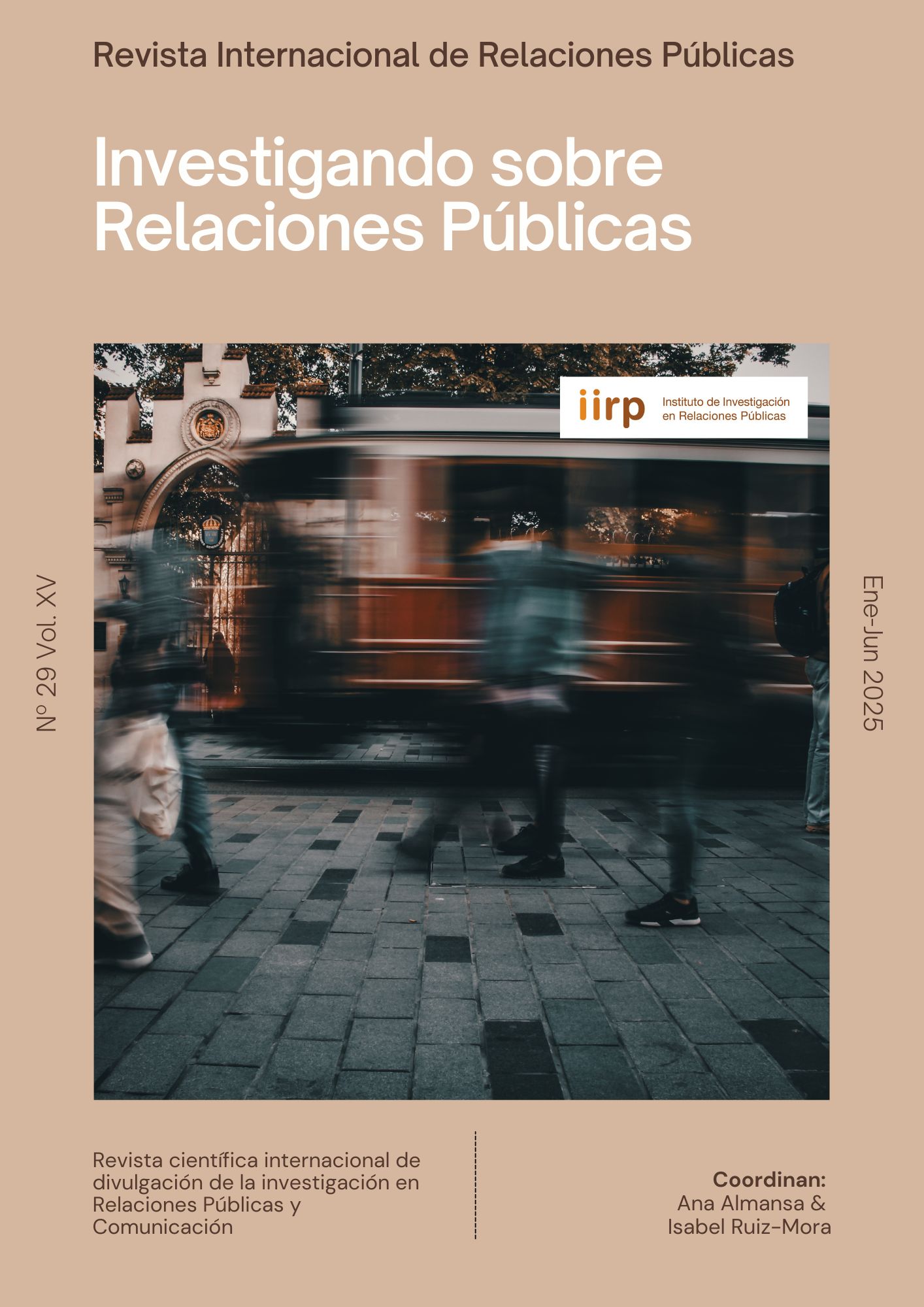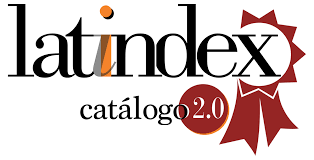Race, Diversity, and Social Mobility in the Public Relations Industry
DOI:
https://doi.org/10.5783/revrrpp.v15i29.904Keywords:
Race, Diversity, Social Mobility, Public Relations IndustryAbstract
This book explores the combination of factors that affect recruitment, retention and wider social mobility influences in the public relations industry. These factors include religion, ethnicity, social class, accent, geographical location, gender, sexuality, disability, neurodiversity and age. By looking at a diverse range of dimensions of diversity, equality, and inclusion, the authors in their own words ‘endeavour to offer a short but comprehensive examination of the multifaceted landscape of public relations and communication’ (p.2). The authors draw on recent scholarship, industry reports and UK-based empirical evidence through interviews to highlight the business imperative and social justice case for diversity, equality and inclusion and make recommendations for how practice can place inclusion central to its professional future.
Downloads
References
Bridgen, E. & Zeler, I. (2025). Race, Diversity, and Social Mobility in the Public Relations Industry. Routledge.
Downloads
Published
How to Cite
Issue
Section
License
Copyright (c) 2025 https://creativecommons.org/licenses/by-nc-nd/4.0

This work is licensed under a Creative Commons Attribution-NonCommercial-NoDerivatives 4.0 International License.
Authors publishing in this journal agree to the following terms:
a. Authors retain copyright and grant the journal the right to be the first publication of the work as licensed under a Creative Commons Attribution License that allows others to share the work with an acknowledgement of authorship of the work and initial publication in this journal.
b. Authors may separately enter into additional arrangements for non-exclusive distribution of the version of the work published in the journal (e.g., placing it in an institutional repository or publishing it in a book), with an acknowledgement of initial publication in this journal.
c. Authors are allowed and encouraged to disseminate their work electronically (e.g. in institutional repositories or on their own website) before and during the submission process, as it can lead to productive exchanges, as well as earlier and higher citation of published work (see The Effect of Open Access).





